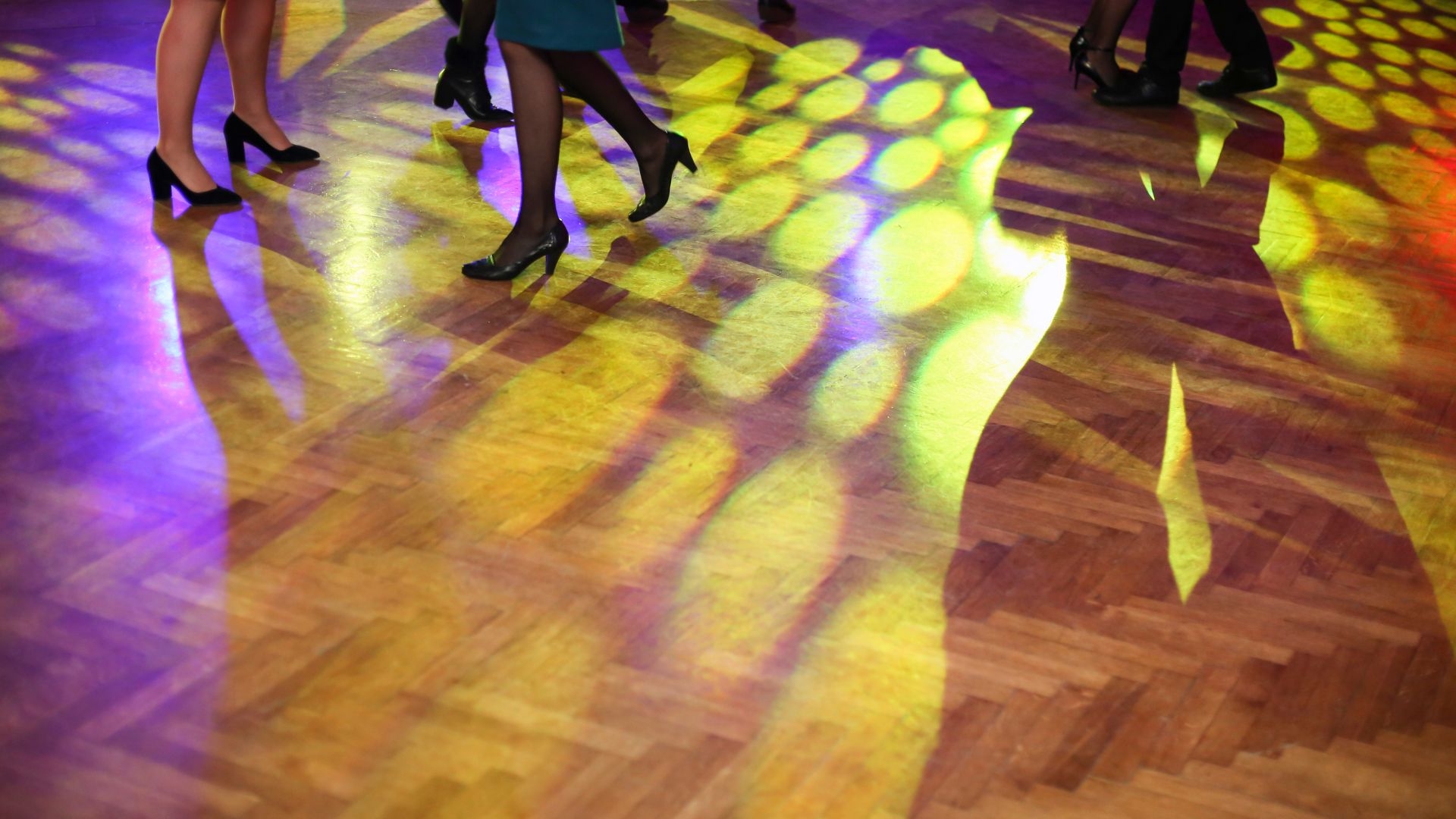Motion-Sensing Dance Mats
How do motion-sensing dance mats work to detect movement?
Motion-sensing dance mats work by utilizing sensors that detect the pressure and movement of the dancer's feet. These sensors are typically made of materials like piezoelectric crystals or conductive fabrics that can register changes in pressure when stepped on. The data collected from these sensors is then processed by the mat's software to interpret the dancer's movements and translate them into actions within the game.







